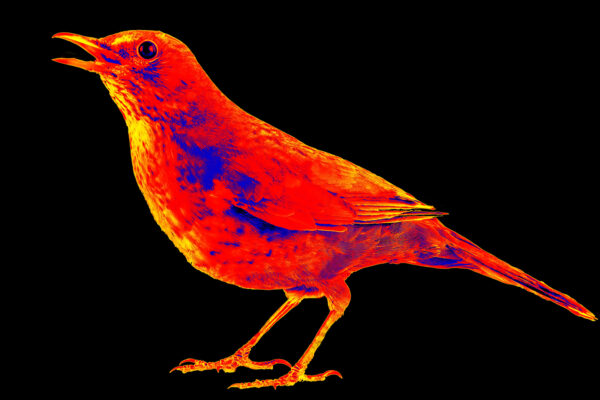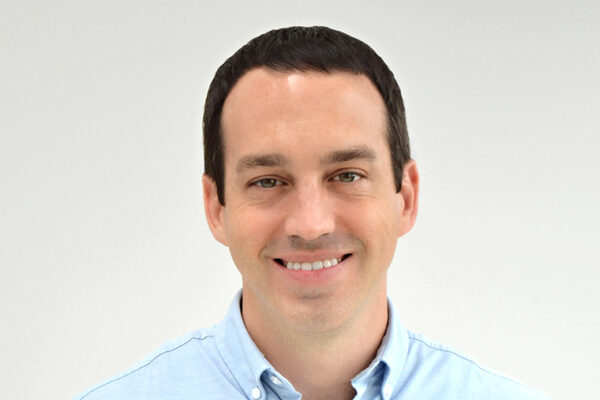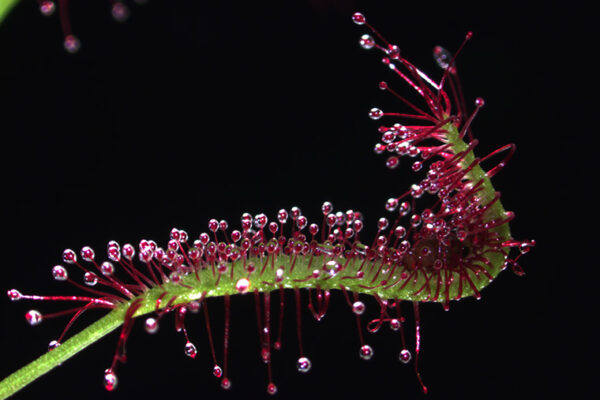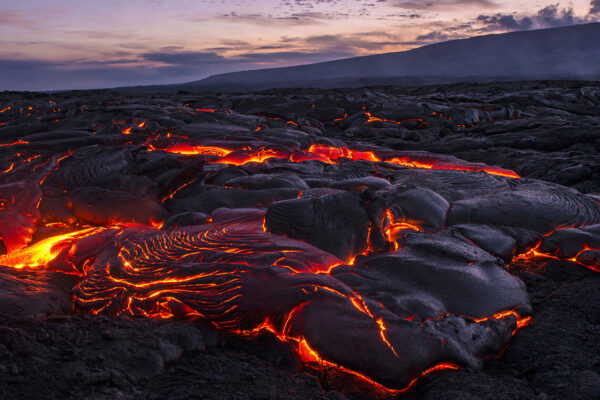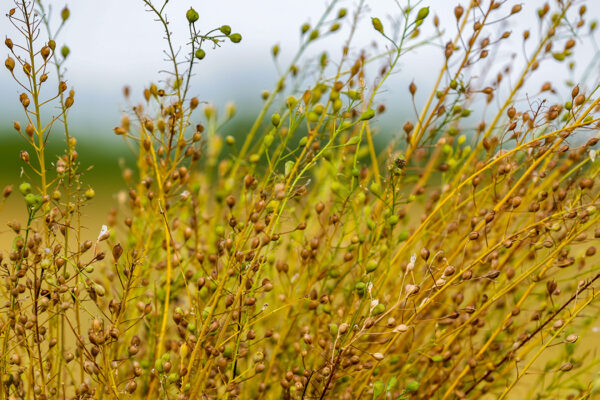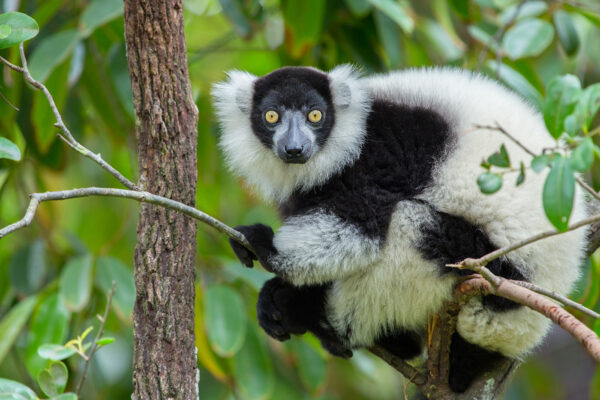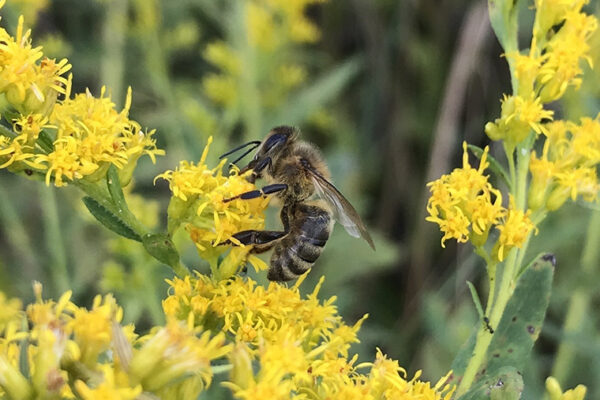The birds and the bees — and the temperature gauge
Animals will often put their lives on the line for reproduction, even if it comes at the cost of being the wrong temperature. New research from biologist Michael Moore in Arts & Sciences could help reveal the pathways that organisms might take as they adapt to a warming world.
Barnes wins grant to expand architectures of interlocking molecular rings
Jonathan Barnes, assistant professor of chemistry in Arts & Sciences, won a $450,000 grant from the National Science Foundation to investigate and expand efficient methods for synthesizing catenane-based polymers and networked materials.
NSF funds training program to boost regional quantum workforce
The National Science Foundation is investing $3 million in a new graduate student training program for aspiring scientists and educators who want to explore careers in quantum science at St. Louis-area research laboratories, private companies and other facilities.
Best offense is a great defense for some carnivorous plants
Insect-eating plants have fascinated biologists for more than a century, but how plants evolved the ability to capture and consume live prey has largely remained a mystery. Biologist Ivan Radin in Arts & Sciences and collaborators investigated the molecular basis of plant carnivory in sundews and found evidence that it evolved from mechanisms plants use to defend themselves.
Earth’s deep mantle was drier from the start
Geoscientist Rita Parai in Arts & Sciences uses noble gas isotopes to better understand the formation and evolution of planetary bodies. Her new modeling study published in PNAS shows that the deep mantle had low concentrations of volatiles like xenon and water when it formed, setting up an internal viscosity contrast with lasting impacts.
Obituary: Jacob Schaefer, professor emeritus of chemistry in Arts & Sciences, 83
Jacob Schaefer III, the Charles Allen Thomas Emeritus Professor of Chemistry in Arts & Sciences at Washington University in St. Louis, died June 27, 2022 in St. Louis. Schaefer was one of the world’s experts in solid-state nuclear magnetic resonance (NMR). He was 83 years old.
Study points to Armenian origins of ancient crop with aviation biofuel potential
Camelina, an oilseed plant grown in modern-day Ukraine, may have been a more important and widespread crop than previously thought, according to collaborators from anthropology and biology in Arts & Sciences at Washington University in St. Louis. Their findings could inform breeding programs to improve this crop for biofuels applications.
Endangered species need help: No biology expertise required
New approaches to help save animals from extinction may come from experts outside of the traditional natural science disciplines. The Living Earth Collaborative invites social scientists, political scientists, engineers and other experts from the university community who would like to be involved in efforts to help with conservation projects to participate in a July 21 social event.
Urban bees collaboration wins USDA grant
A team that received early support from the Living Earth Collaborative was awarded a $633,000 grant from the U.S. Department of Agriculture to evaluate pollination in orchards across the city of St. Louis. They will examine how factors such as human population density, socioeconomic status, soil type and surrounding vegetation impact insect numbers and fruit yield.
Climate change is affecting when, how violets reproduce
Living Earth Collaborative postdoctoral fellow Matthew Austin published new research finding that climate change is affecting how violets reproduce.
View More Stories
